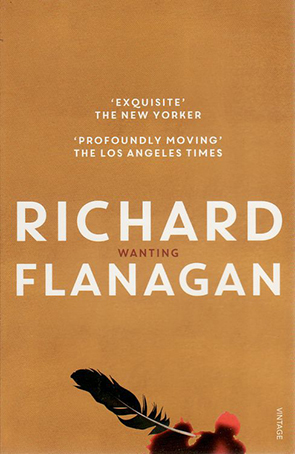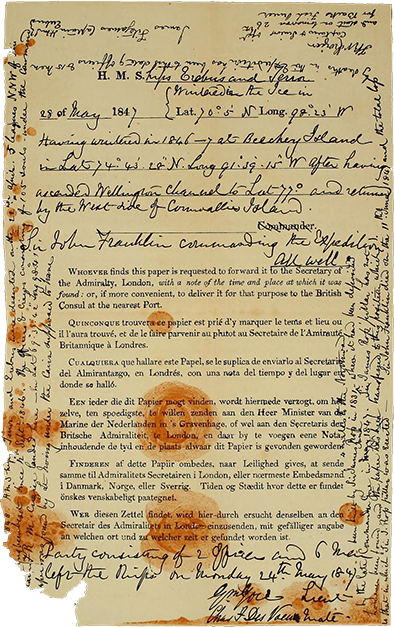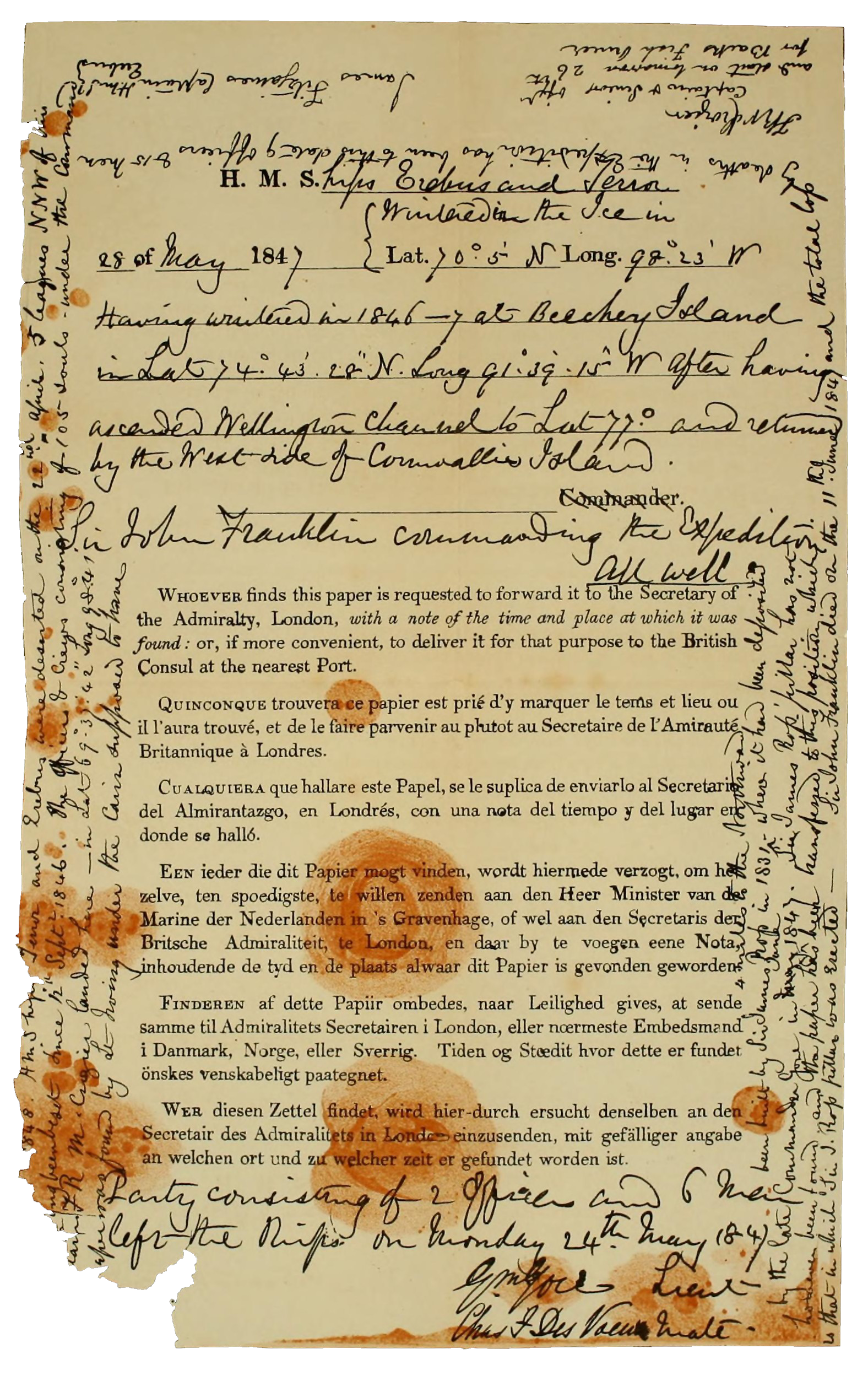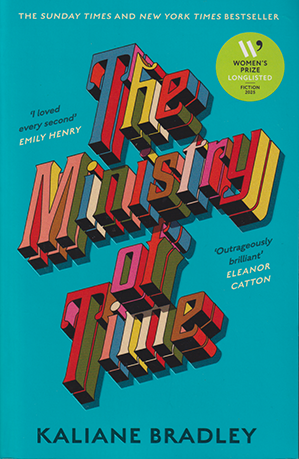

- Category:Science Fiction, Historical Fiction, Romance Fiction
- Date Read:27 July 2025
- Year Published:2024
- Pages:343
- Awards:Goodreads Choice Award for Science Fiction 2024, Dymocks Book of the Year 2024, Harry Hartog Book of the Year 2024

The Franklin Expedition of 1845, tasked with finding the putative Northwest Passage through the Arctic which would further open trading opportunities for Britain in Asia, has been the subject of several modern novels. Kaliane Bradley’s The Ministry of Time is one of the latest and has proven to be highly popular. You don’t need to know anything about the expedition to enjoy her book. All you need to know is retold or conjectured within the novel, since the known facts of the expedition’s fate are scant. All contact with the expedition was lost and several rescue attempts were made for over a decade after Sir John Franklin left England from Greenhithe, Kent, on May 19, 1845. The final stop of the expedition before entering the Arctic with his two ships, HMS Terror and HMS Erebus, was Greenland. After that, little detail was known in the 1850s when efforts to find the expedition were at their height. In 1859 a cairn was discovered in which a piece of paper known as the Victory Point Note, with two inscribed messages dated at different times, had been left by members of the expedition. The was first signed by Commander Graham Gore, who Bradley uses as a major character in her novel. The brief detail of the first note suggests the situation for the expedition members had not become dire in 1847, but the second note speaks of Sir John Franklin’s death, along with the deaths of twenty-four other officers and crew. Gore may have been among the dead by this stage. The expedition was declared lost and all members dead in 1854 after seven years of searching. The expedition was the subject of several contemporary missions, as well as modern searches hoping to find evidence of the fate of the crew. It is believed that the remaining crew died in an attempt to traverse hundreds of kilometres of ice to reach Back River in Canada. Bradley’s narrative hints at the desperation of the men, possibly driven to cannibalism in the final stages.
In the unlikely event that you are reading this review and do not already have some knowledge of Bradley’s book you could be forgiven for thinking that this is a piece of historical fiction. It is, since Bradley has taken the known facts of the expedition and created a narrative around them in chapters separated from the main plot of the novel, as well as through discussions between her major characters in her contemporary timeline. The fact is, there is a small element of romance in the novel too, but it is overall best described as science fiction. It was actually a finalist for the Hugo Awards. The British government, we learn in the opening pages of the story, has found the means to extract people from the past into our present. Time travel is possible, but the psychological and physiological effects, we are told, are yet to be determined. Seven people on the verge of dying have been extracted from various centuries. Two have since died. Five have survived. Each is initially known by the date at which they were taken from their own timeline: Thomas Cardingham (1645) who would have died at the Battle of Naseby, otherwise; Margaret Kemble (1665) who would have died of plague; Anne Spencer (1793) who would have died in the French Revolution; Arthur Reginald-Smyth (1916) who would have died in the Battle of the Somme; and Graham Gore (1847) who is snatched from the Arctic ice before he dies of exposure. These time travellers are known as ‘expats’ – expatriates – taken from their own timeline and expected to make a new life in modern Britain with the guidance of their ‘bridges’, who will help them adjust to modern life and understand society and the history that has succeeded their own period.
Bradley’s choice of words is not accidental. The term ‘expatriation’ neatly encompasses both the experience of entering a new time era as well as its more common meaning, to leave one’s own country and learn to start one’s life again. Bradley, who has a Cambodian heritage, makes it clear both in the novel and in interviews she has given, that these time travelling expats also reflect the difficulties of immigrating to a new country: learning about a new culture, but also how to adapt. Bradley states, “it became obvious to me that what I was looking at was the refugee experience”.
Naturally, in a novel that describes the readjustment of people from different time periods to the twenty-first century, the opportunities to foreground and explore our own values is somewhat obvious. Setting aside culture and race for a moment, issues of class, feminism and what has happened to the environment since the 19th century are clearly going to be issues the expats have to face. Ralph, another ‘bridge’ with conservative opinions, is shocked to find that Margaret Kemble has lesbian “predilections”. Commander Graham Gore, the expat assigned to our unnamed narrator (I will call her the Bridge) struggles to articulate the private moments of men forced together in close quarters, lost to the world for years at a time. The Bridge wonders about the extent of his sexual experience with women, if any. He also struggles with the idea of women in the workforce or that a woman might choose to have a sexual partner outside the traditional arrangements of “courtship”. This is only natural for a man coming from his era. But the desire by Arthur Reginald-Smyth, the expat from World War I (and therefore the closest expat to our own time) to work with children, is revealing about the book’s intent. The initial reaction of the Bridge to this announcement is alarm: “We didn’t have material on how to deal with the expats if they got broody.” But Arthur isn’t ‘broody’. He has seriously seen the opportunities that Feminism has made possible to him as a male. Ironically, Arthur has learned the tenets of Feminism somewhat better than his modern peers, and has simply taken them to their logical conclusion. As a man from the early twentieth century, he is naturally defensive in attempting to step outside his traditionally assigned gender role. He argues that men still have some way to go to equal women as carers, and that some suspicion is still afforded men in these roles: “People still look at a man ferrying a child without a wife alongside with something like suspicion. Or pity.” But Arthur also perceives a continuing labour disparity in the modern world. While women are free to take on many more roles, “you use the same patterns as we did . . . You just expect women to do more of it, that’s all.” Equality of opportunity, he understands, is not the same as equality in practice.
Arthur’s insights are a microcosm of the concerns of the wider novel: the intersection between the autonomy of self and the legacy of our history. In fact, the novel also addresses some of the same issues that Bradley has spoken about as part of her own experience as a woman with a Cambodian experience. The more you read interviews with Bradley or words written about her, there is a sense that the novel – particularly her narrator – comes close to exploring her own feelings and interests, as well as thoughts about her cultural heritage. Bradley has spoken of her inspiration for the novel in several places. A short summation shows that she was inspired to dig deeper into the story of Lieutenant Graham Gore after watching a television series called The Terror, based on Dan Simmon’s novel of the same name. Bradley’s fascination with Gore rests with his enigma – there is little known about him directly – and her interest in a daguerreotype of him taken just before the expedition set sail in 1845. Bradley openly admits finding Gore attractive, which may have been part of the inspiration for the romantic aspects of her story. But Bradley’s interest in Gore is secondary to the fact that she gives her narrator a Cambodian background she both addresses and appears to be trying to leave behind. The Bridge is one of two bridges working for the Ministry who are identified by their race. The other, Simellia, is a black woman who does not wish her race to define her. Similarly, the Bridge feels there is a temporal divide between her own circumstances and those of her parents: that ‘progress’ is defined by the ease of which she lives her life in comparison to her parents: “my drugs were cleaner, my goods were abundant, my rights were enshrined. Was this not progress?” But the Bridge comes to understand, as has Arthur, that progress exists upon a continuum, not an historical either/or: that individual progress is not the same as systemic progress, and that aspects of who she is, like her race and culture, are not so easily cast aside, since they are the functions of historical and cultural systems she finds will always be used to define her.
I think it is on this level that the novel is most successful. The plot is fairly standard fair, if you think about it, no matter how much it might entertain: time travel used for a secret government experiment with unwitting employees dragged into a conspiracy beyond their anticipation. You know where this sort of thing goes without the need for signposts. The details of that can be left to the reading of the novel.
But Bradley understands the potential of this kind of conceit. Past perspectives help to defamiliarize our own present. Gore, who is the subject of intensive study by the Bridge before she ever meets him, helps to project a new perspective on our own time, too, as well as representing an empire that may now be gone but, like the Bridge’s parents, is the means to the present state of things. When the Bridge questions Gore over his involvement in the Aden expedition, an achievement he takes pride in but which she describes as imperialistic – she is also attempting to redefine her own values and that of modern Britain without understanding the complicity of history. Likewise, her criticism of the efforts of the Preventative Squadron to disrupt the slave trade in the 19th century, falls short of understanding the extent to which her own good intentions will find their limitations. One can criticise the Nazis, for instance, who followed orders to carry out The Final Solution in World War II, but the stance is diminished when one fails to learn from that same history.
The Ministry of Time is actually an entertaining read. Its plotting is fairly predictable but I assume its familiar plot tropes may actually be part of the reason for its enormous success: it delivers what we expect. But the nature of the book means it sometimes has a lot, sometimes a little, to say about a range of things which are concerns for contemporary audiences: race, gender, identity politics, history. You may think Bradley will take an obvious and well-worn stance on these matters, but her story throws up some interesting perspectives, less predictable than the well-executed plot which is her vehicle. That raised the novel, in my estimation, and why I would recommend it.

I feel like there are multiple versions of Cambodia that I have relationships to. One of them is a past Cambodia that no longer exists; that’s the Cambodia of my mother’s stories. But the internalised sense of my ethnicity changes on a daily, hourly basis. Though I feel very strongly that I am a British-Cambodian writer at this time in my life.
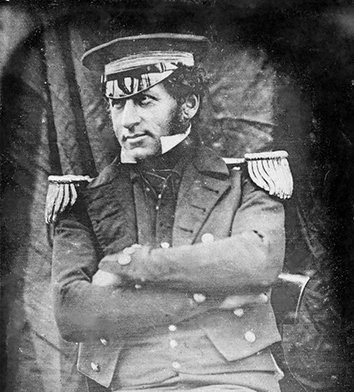
Overwhelmingly, people liked Graham. Commander James Fitzjames’s pen portrait, which is on his Wikipedia page, is my most beloved, and I use it in my novel: ‘a man of great stability of character, a very good officer, and the sweetest of tempers.’ Sir John Franklin himself called Graham ‘a treasure & a faithful friend.’ He would be easy to love, I thought; he would make a very good romantic lead.
Gore’s Art
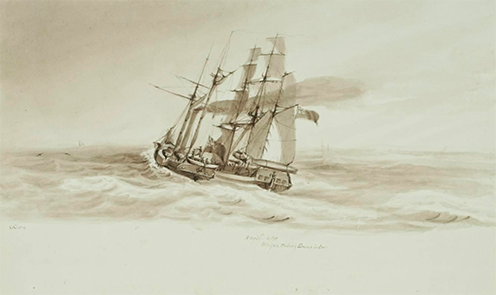

Sir John Franklin’s Memorial
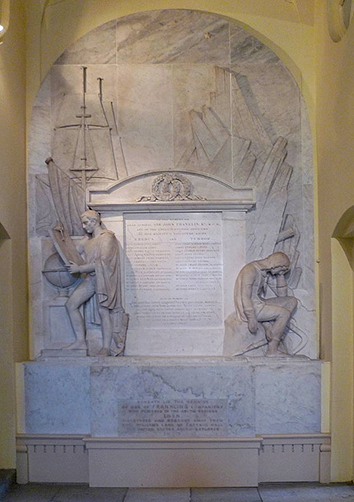
Other Books
